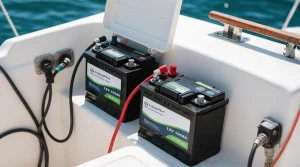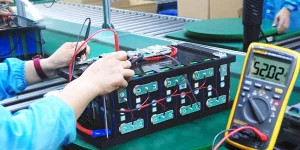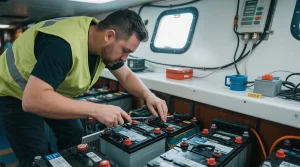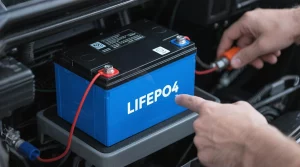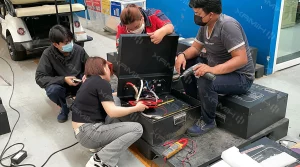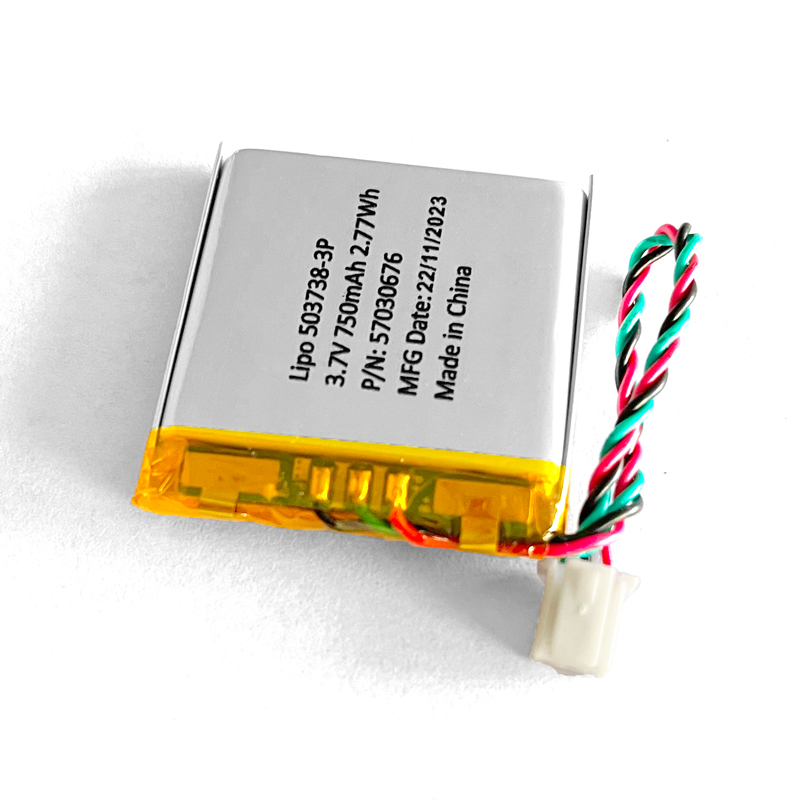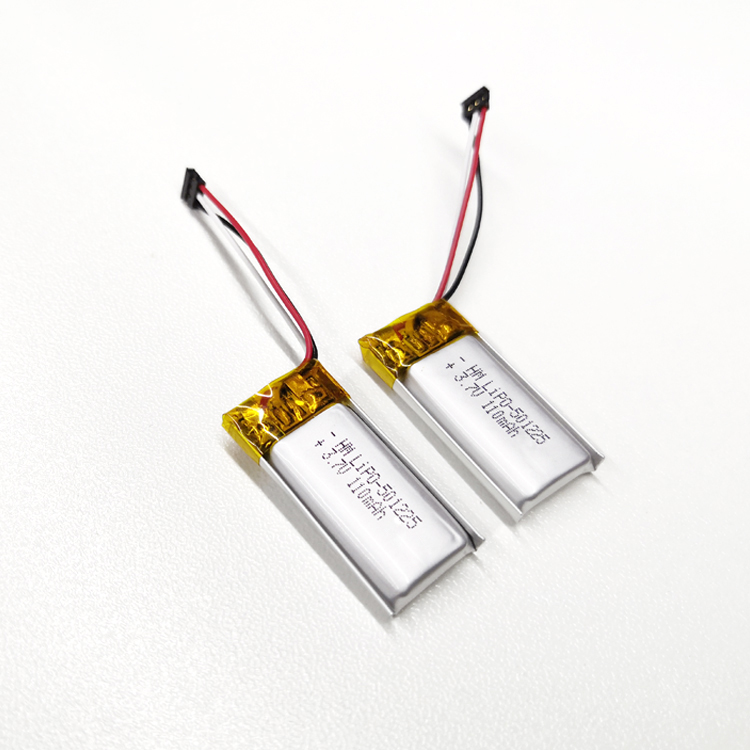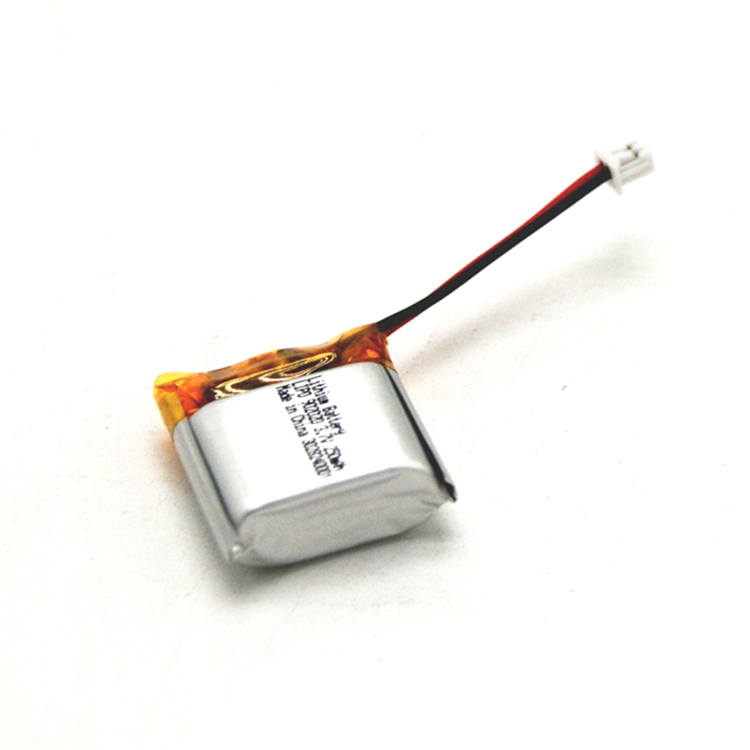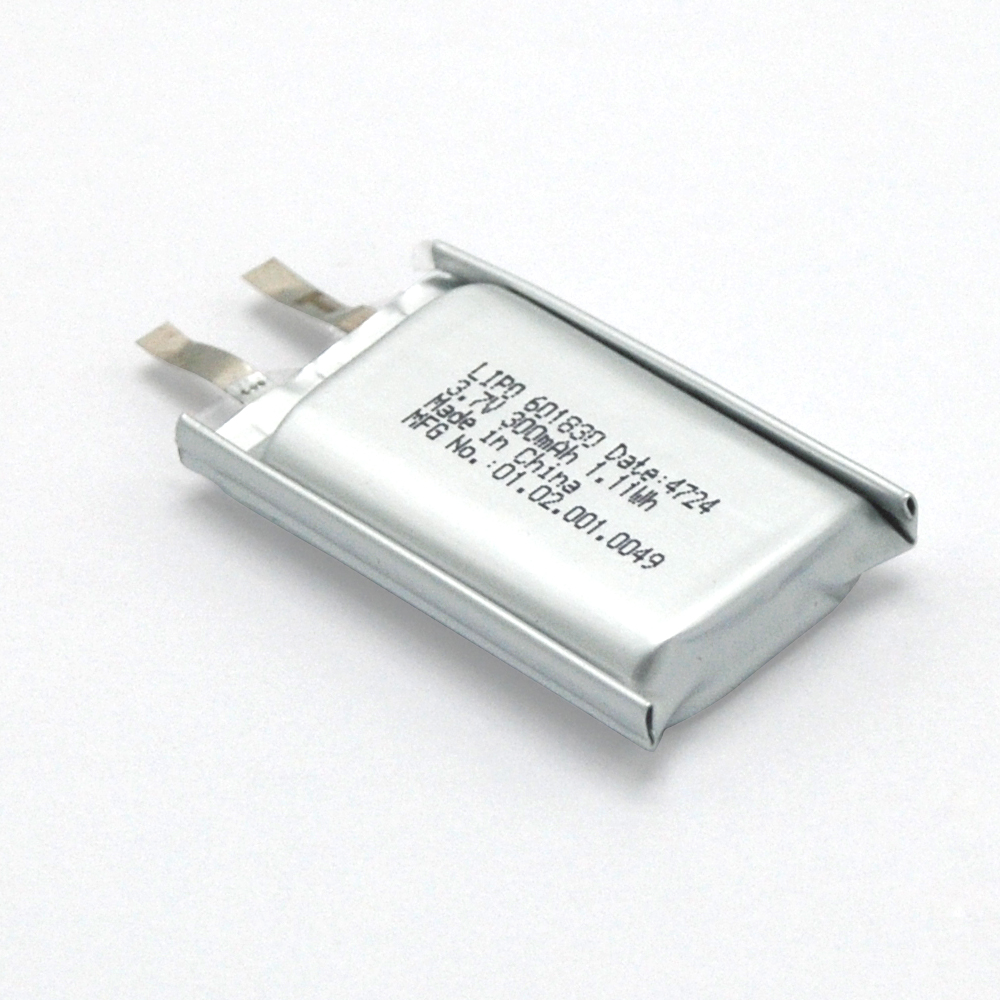Keeping your boat’s lithium battery in top condition is essential for safety, reliability, and getting the most value from your investment. Unlike traditional lead-acid batteries, marine LiFePO₄ (Lithium Iron Phosphate) packs deliver higher energy density, longer cycle life, and near-zero maintenance—when you follow the right care routine. In this guide, we’ll walk through everything you need to know to protect your lithium battery year-round, from charging and storage to cleaning, inspections, and balancing.
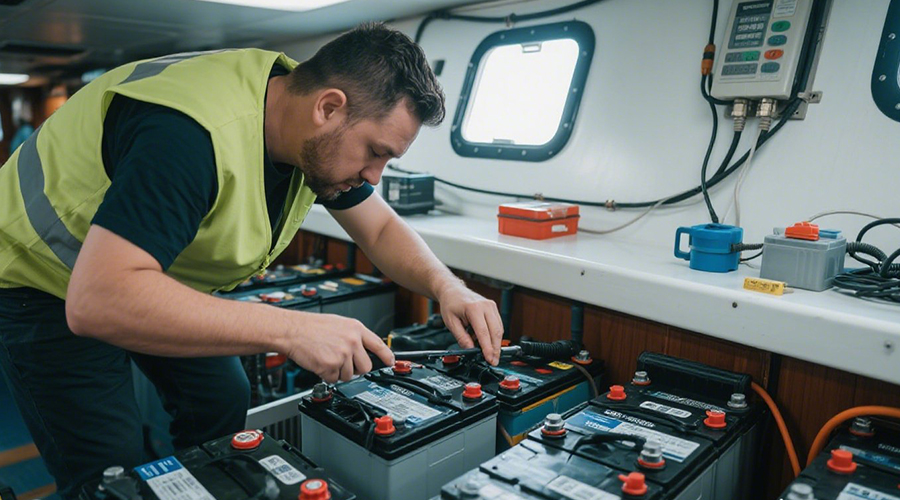
1. Why Proper Marine Lithium Battery Maintenance Matters
· Extend Cycle Life
LiFePO₄ batteries can deliver 3,000–5,000 full-depth cycles when properly maintained—up to 10× the lifespan of a flooded lead-acid battery.
· Maximize Runtime & Performance
Consistent charging and cell balancing ensure you get every amp-hour advertised, preventing premature capacity loss.
· Enhance Safety
A well-tuned BMS (Battery Management System) paired with routine checks mitigates risks of over-charge, over-discharge, and thermal events on the water.
| Feature | LiFePO₄ Batteries | Flooded Lead-Acid |
| Cycle Life | 3,000–5,000 | 500–1,000 |
| Depth of Discharge | 100% | ≤ 50% |
| Self-Discharge Rate | ≤ 3% per month | 20–30% per month |
| Weight | 50–70% lighter | Heavier |
| Maintenance | Minimal | High (water top-ups) |
2. How to Charge Your Boat’s Lithium Batteries Safely
1. Use a LiFePO₄-Specific Charger
O Avoid conventional lead-acid chargers: their voltage profiles (bulk, absorption, float) can overheat LiFePO₄ cells.
O Look for chargers with a 14.2–14.6 V bulk stage and no float stage, or one that’s programmable for LiFePO₄.
- Adopt Partial Charge Cycles
O For daily day-cruises, charge to 80% state-of-charge (SOC). This reduces stress and thermal build-up.
O Reserve 100% SOC for overnight anchoring or extended passages.
- Monitor Charge Temperature
O Optimal charge window: 0 °C to 45 °C. Charging below freezing can cause lithium plating; above 45 °C accelerates cell aging.
- Integrate Smart BMS Features
O Modern BMS units offer cell-level balancing, real-time SOC/SOH (state-of-health) reporting, and can even push alerts to your chartplotter or smartphone.
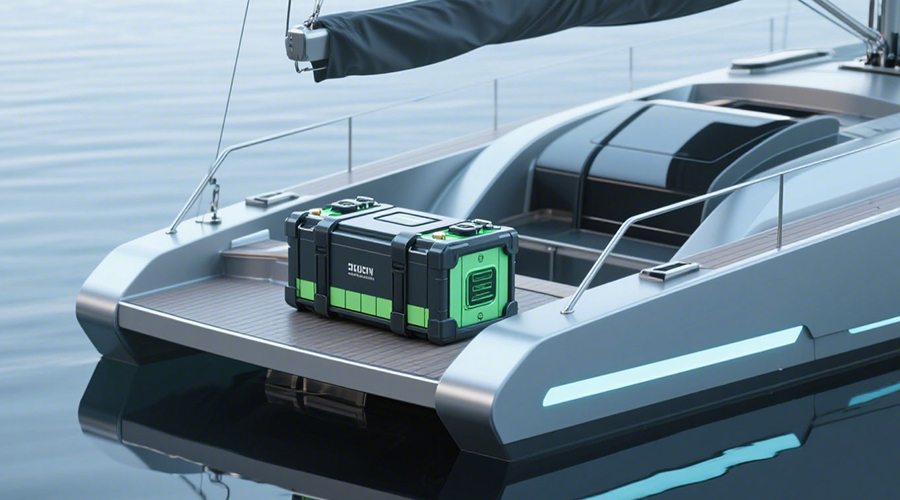
3. Where & How to Store Lithium Batteries Off-Season
· Ideal Environment
O Cool (10 °C–25 °C), dry, and ventilated. Avoid direct sunlight on deck or engine-room heat islands.
· Recommended SOC for Storage
O 40%–50% SOC strikes the best balance to curb self-discharge stress.
· Periodic Top-Ups
O Check SOC every 8–12 weeks and recharge to 50% if it dips below 35%.
· Protection from Elements
O Store in a watertight compartment or battery locker with silica-gel packs to absorb moisture and salt spray.
4. How to Clean & Prevent Corrosion on Marine Batteries
1. Regular Terminal Cleaning
O Disconnect negative (–) cable first, then positive (+).
O Wipe posts and cable ends with a soft cloth soaked in a baking-soda solution (1 tbsp baking soda per cup of water).
- Apply Anti-Corrosion Coating
O After cleaning and drying, mist terminals and ring connectors with a marine-grade corrosion inhibitor or dielectric grease.
- Inspect Seals & Cable Glands
O Ensure that any cable-entry points into the battery locker are sealed with marine silicone or boot-seal fittings to keep out salt air.
5. How to Inspect & Monitor Battery Health Regularly
· Visual Inspection (monthly)
O Look for cracks, swelling, or discoloration in the battery case.
O Ensure BMS wiring and connectors show no burn marks or loose crimps.
· Electrical Checks (quarterly)
O Measure pack voltage and compare to BMS-reported SOC.
O Confirm individual cell voltages via your onboard BMS interface or a handheld balancer.
· Firmware & Software Updates
O Check with your battery or BMS manufacturer for firmware patches that improve balancing algorithms or fault-detection thresholds.
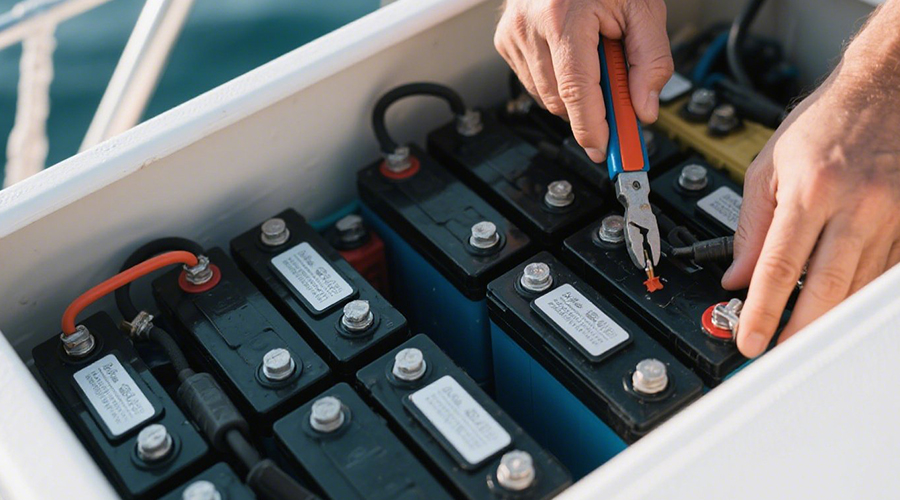
6. How to Balance Cells & Manage Battery Health
1. Rely on Your BMS’s Auto-Balancing
O Most LiFePO₄ packs perform passive balancing during every charge cycle, equalizing cells within ±0.02 V.
- Perform Manual Balancing (if needed)
O Use a multi-channel balancing charger to top off lower-voltage cells during a low-current (≤ 0.2 C) charge.
- Flagging Imbalances
O Any cell consistently lagging by >0.05 V after charging indicates aging or damage; consider module replacement.
7. FAQ: Common Marine Battery Maintenance Questions
Q1: Can I leave my LiFePO₄ battery fully charged while stored?
· No. Long-term 100% SOC storage accelerates calendar aging. Aim for 40%–50% SOC.
Q2: How do I winterize my marine lithium battery?
· Store indoors if possible, or in a heated battery locker. Maintain at least 10 °C ambient and 50% SOC.
Q3: What’s the quickest way to detect a failing cell?
· Monitor per-cell voltage spread after a full charge: anything over 0.05 V drift is a red flag.
8. Conclusion & Call to Action
By adopting these 2025-ready best practices—correct charging routines, climate-aware storage, rigorous cleaning, and proactive health checks—you’ll ensure your marine LiFePO₄ battery delivers peak performance for years.
Ready to upgrade or expand your fleet? Contact Himax Battery today for custom marine battery solutions, expert technical support, and competitive bulk pricing. Ride the waves with confidence!

